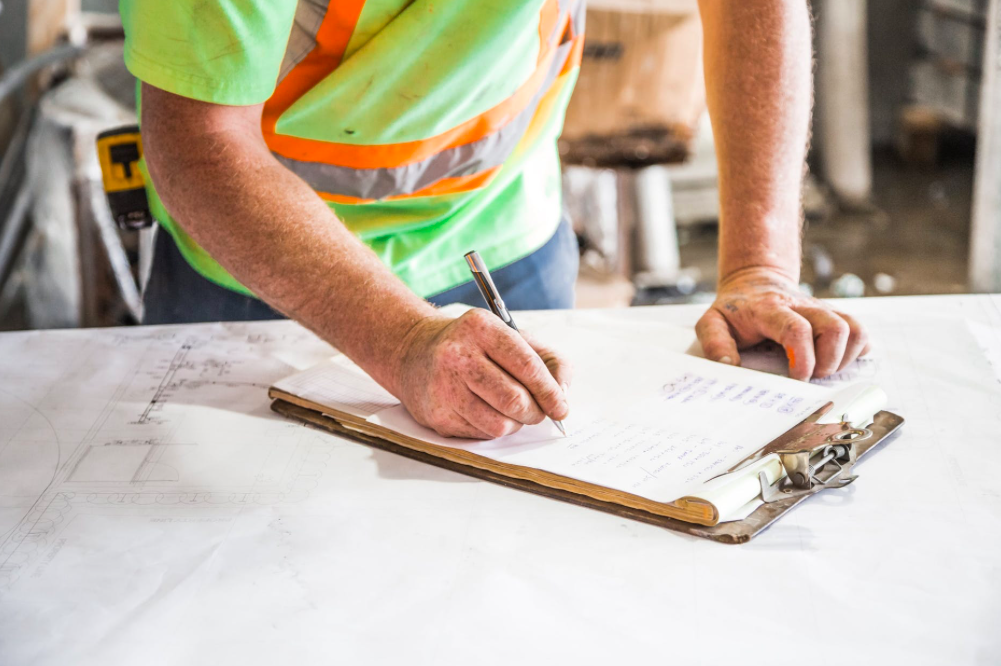Borrowing money to complete a flip allows us poor people to get into the real estate game. If you aren’t careful, however, the time value of money when using hard money will eat up any profits that you hoped to make on a project.
Banks typically hate to lend to real estate investors, particularly those that flip a few properties here and there. Expensive hard money is often your only option. Many hard money lenders will charge upward of 10% or 11% with many charging around 3 points, or 3% of the loan amount in loan fees. Let’s look at a basic, real-world example
Let’s say that you are purchasing a dilapidated old house for $120,000. You’ll need to put $60,000 into the rehab and, at the end of the day, you will sell it for $225,000. For simplicity’s sake, let’s simply not worry about closing costs and real estate commissions. I get it, they are big costs, but humor me.
If you are paying all cash for the deal, your profit will be $45,000…not too shabby, but let’s assume that you borrow 80% of the cost of the project with a 10% hard money loan that has 3 points. Right out of the gate, your hard money $144,000 loan will cost you $4320. That’s tough enough to swallow, but you’ll also be paying $1200 per month in interest. The longer it takes you to rehab and sell the house, the more you will have to pay. I often see flippers overestimate their ability to quickly sell a home and they sometimes lose…big time. This example has pretty good margins, but with the level of competition out there for flips, you normally have very tight margins. The impact of hard money and rehab costs really can take its toll in such situations.
Margins are tight enough as it is. Failure to take into account the impact of rehab cost overruns, hard money points and interest, and the time value of money will make a major impact on your bottom line.

